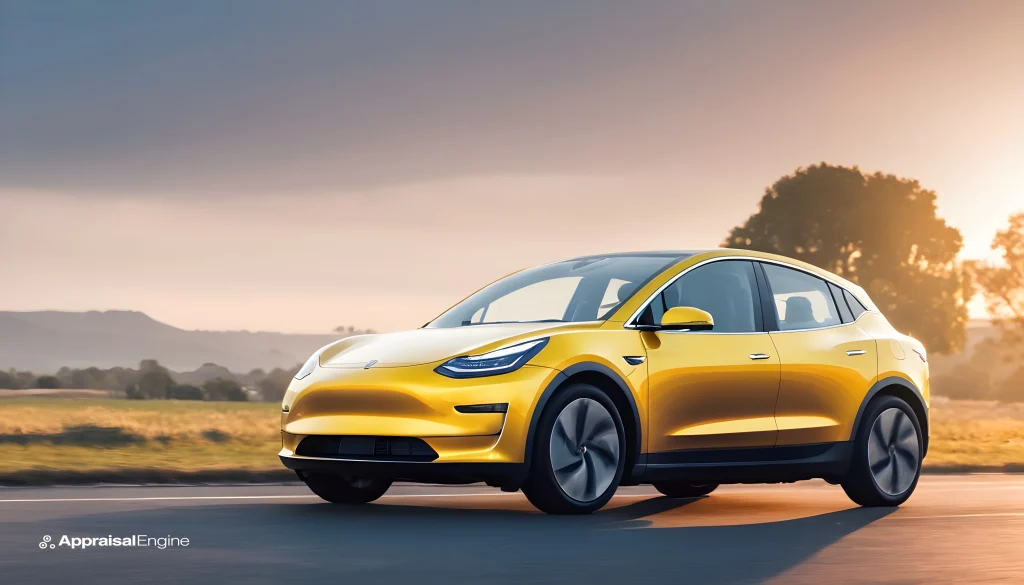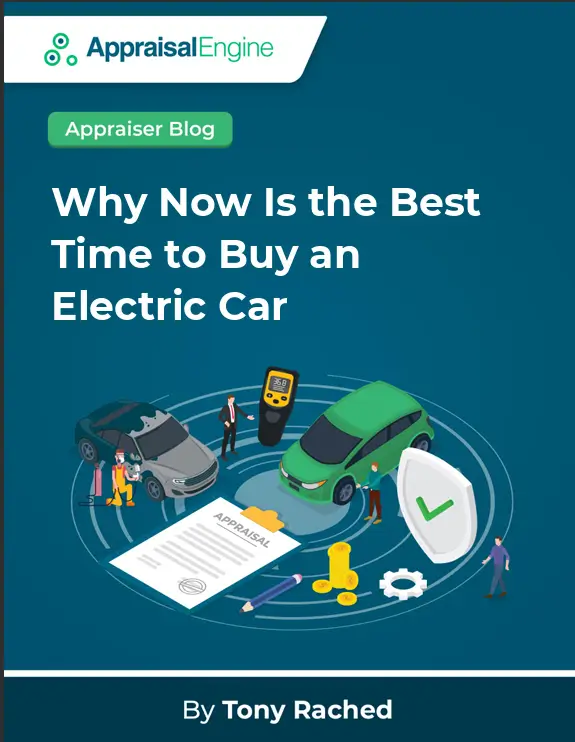In a groundbreaking shift that’s powering up the automotive industry, the cost of electric vehicles (EVs) in the U.S. has taken a significant dive. Last month alone, new electric car prices plummeted by an astonishing $2,000, bringing these futuristic rides tantalizingly close to the cost of their gas-guzzling counterparts. This change isn’t just about numbers; it’s a beacon of the broader move toward sustainable transportation. But what’s behind this dramatic price drop, and what does it mean for consumers and the future of driving? Let’s charge into the details.

Why Now Is the Best Time to Buy an Electric Car (PDF)
Why EVs Are More Affordable Than Ever
The Price Plunge Explained
For years, opting for an electric vehicle meant shelling out a hefty premium. Just two years ago, the average buyer would pay about $17,000 more for an electric model over a traditional gas-powered vehicle. Thanks to recent shifts in the market, that gap has shrunk to just $5,000, according to Cox Automotive. This 11 percent price difference is now comparable to choosing between a base model and a high-performance variant of the same car – a far cry from the stark contrasts of the past.
Tesla: The Pace Setter in Price Reductions
Tesla, a name synonymous with electric cars, has been a major force in driving down prices. By significantly cutting the cost of its popular models, Tesla not only made its cars more accessible but also prompted a ripple effect across the entire industry. Other automakers, faced with Tesla’s aggressive pricing and a growing list of electric options, have found themselves compelled to follow suit.
The Role of Market Dynamics
Interestingly, one of the reasons behind the falling prices is a slower-than-expected uptake of EVs among consumers. Concerns over charging infrastructure and the upfront cost of electric cars have tempered buyer enthusiasm. Dealerships, sitting on growing inventories, have started offering substantial discounts to entice buyers. This market adjustment is crucial for pushing EVs towards a tipping point of mass adoption.
What’s Driving the Drop?
Battery Costs: The Heart of the Matter
The plummeting cost of batteries, which can constitute up to 40 percent of an EV’s price, plays a pivotal role in this trend. Improved manufacturing processes and technological advancements have slashed battery prices by nearly 90 percent since 2008. As these costs continue to fall, the price of producing electric cars is expected to align with that of gasoline vehicles, possibly as soon as 2027.
The Consumer Perspective
The high cost of electric vehicles has historically been a significant barrier for many potential buyers. However, with prices now on a downward trajectory, the prospect of owning an EV is becoming more appealing. Surveys, such as a 2023 Washington Post-University of Maryland poll, highlight cost as a major factor deterring U.S. adults from going electric. The recent price cuts could be a game-changer in persuading more people to make the switch.
Looking Ahead: The Road to Price Parity
As we cruise into the future, the signs are clear: electric vehicles are moving towards becoming not just a sustainable choice but an economically sensible one too. With a growing variety of models, improving charging infrastructure, and continuous advancements in battery technology, the dream of price parity with gas-powered cars is closer than ever.
The Broader Impact
This shift isn’t just about making electric cars more affordable; it’s a critical step towards reducing carbon emissions and combating climate change. As EVs become a more common sight on our roads, we’re not just witnessing a revolution in automotive technology but taking part in a global movement towards a cleaner, greener planet.
In conclusion, the recent drop in electric vehicle prices marks a significant milestone in the journey towards sustainable transportation. By making EVs more accessible to the average consumer, we’re accelerating towards a future where electric cars are the norm, not the exception. The road ahead is electrifying, and it’s an exciting time to be part of this transformation.





